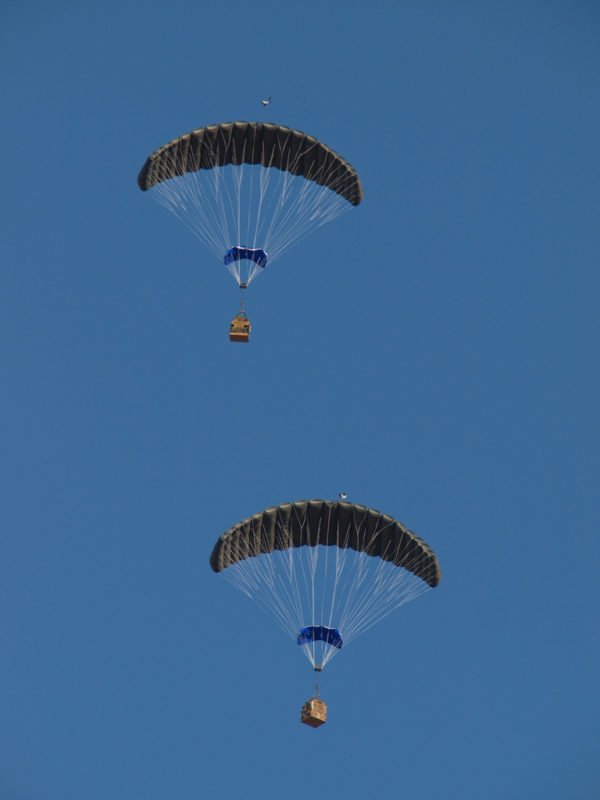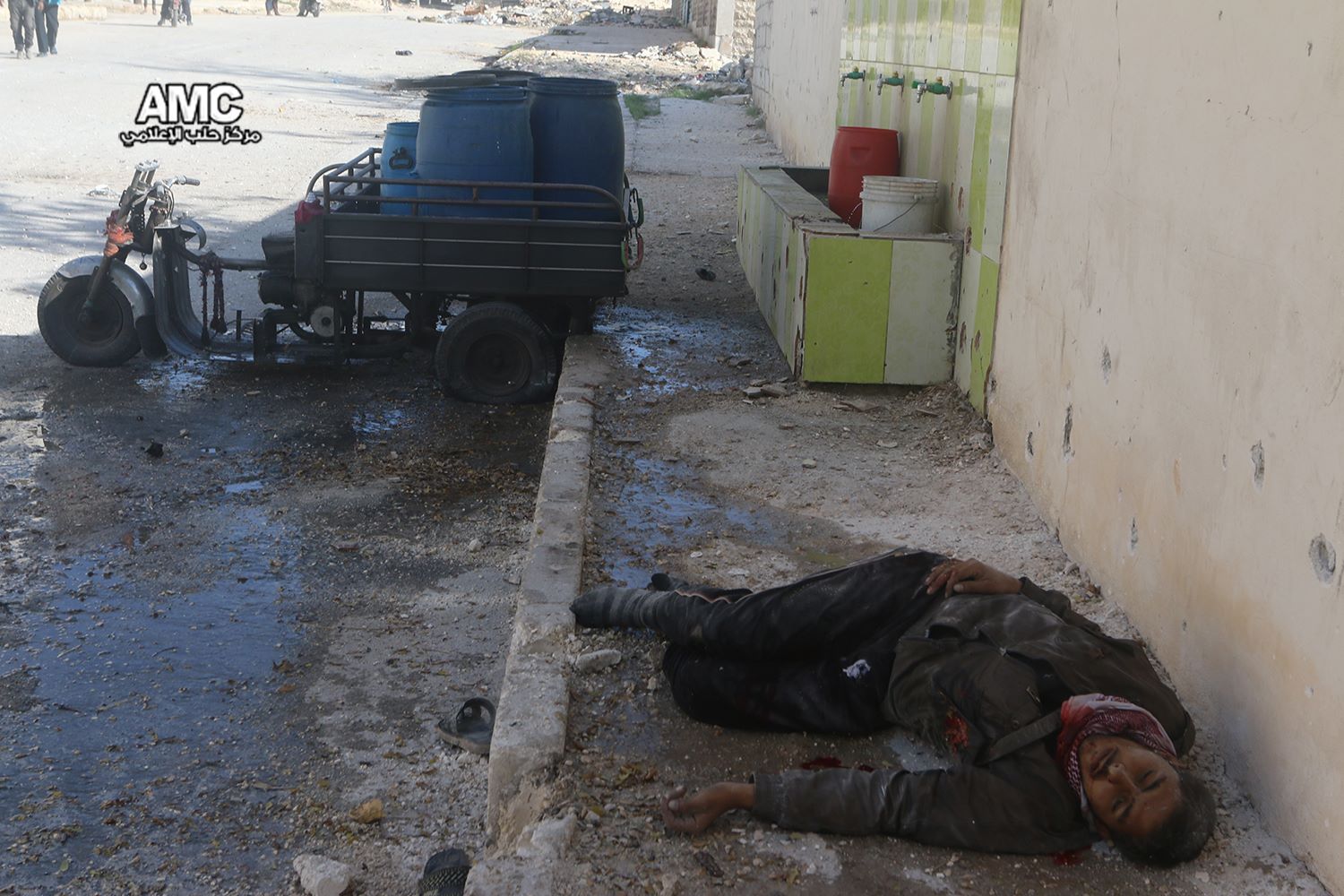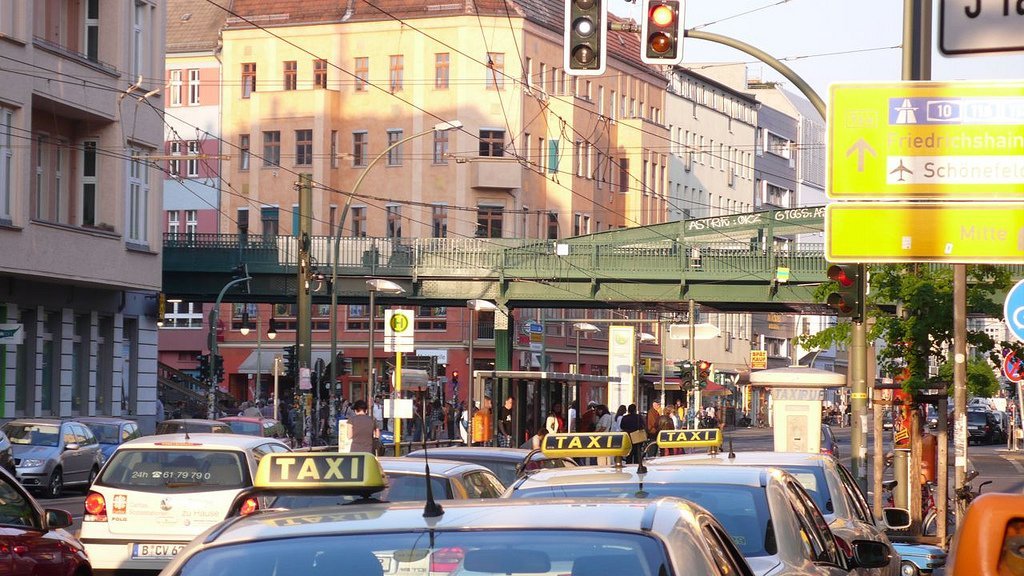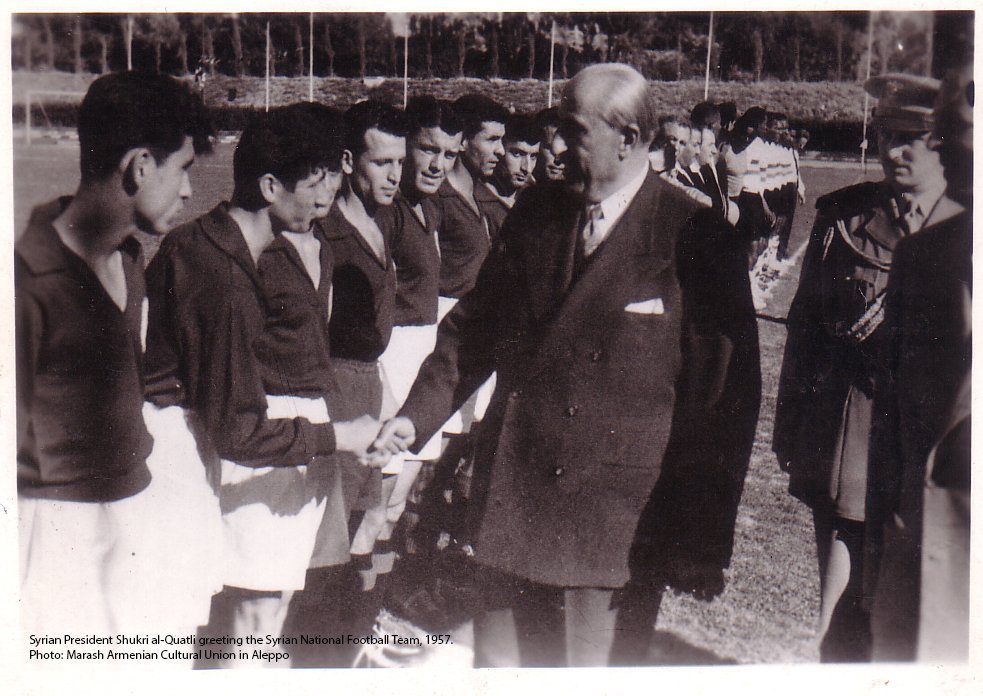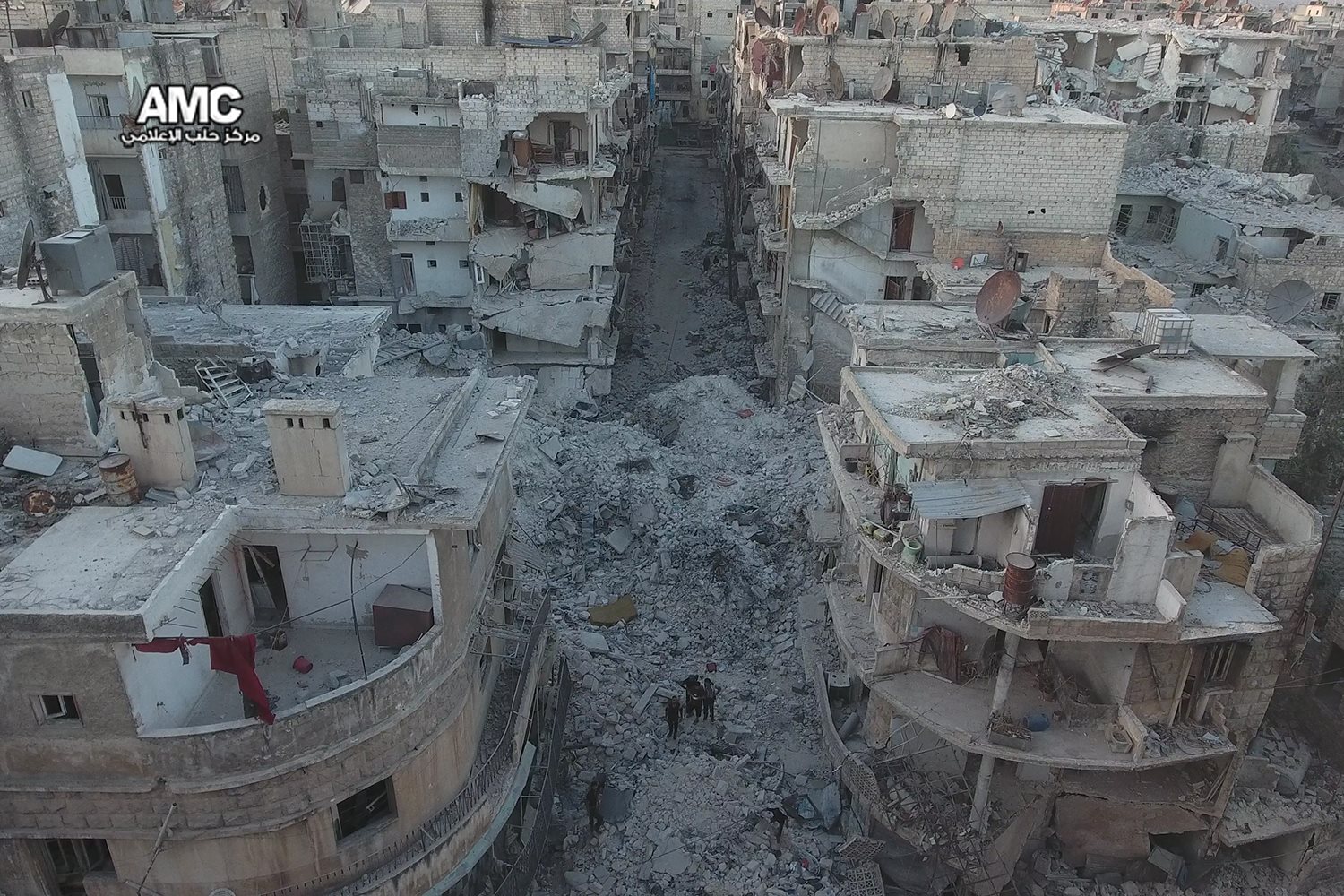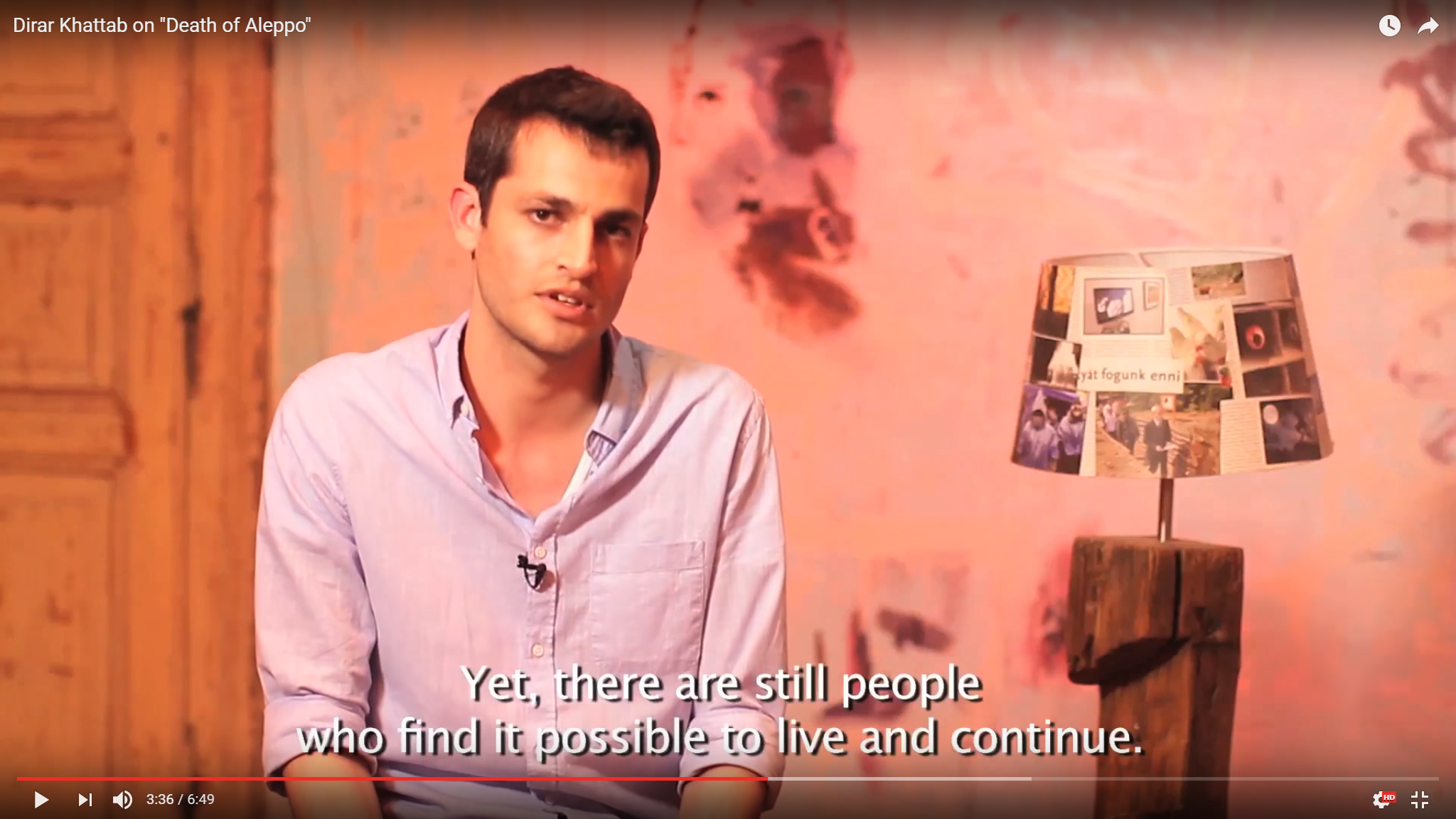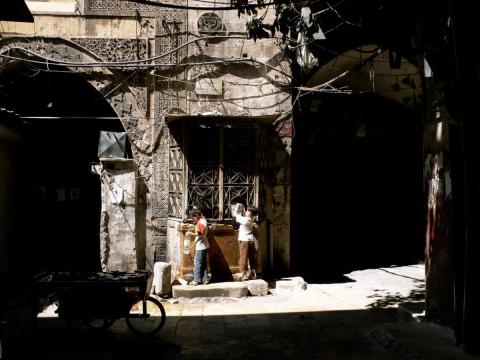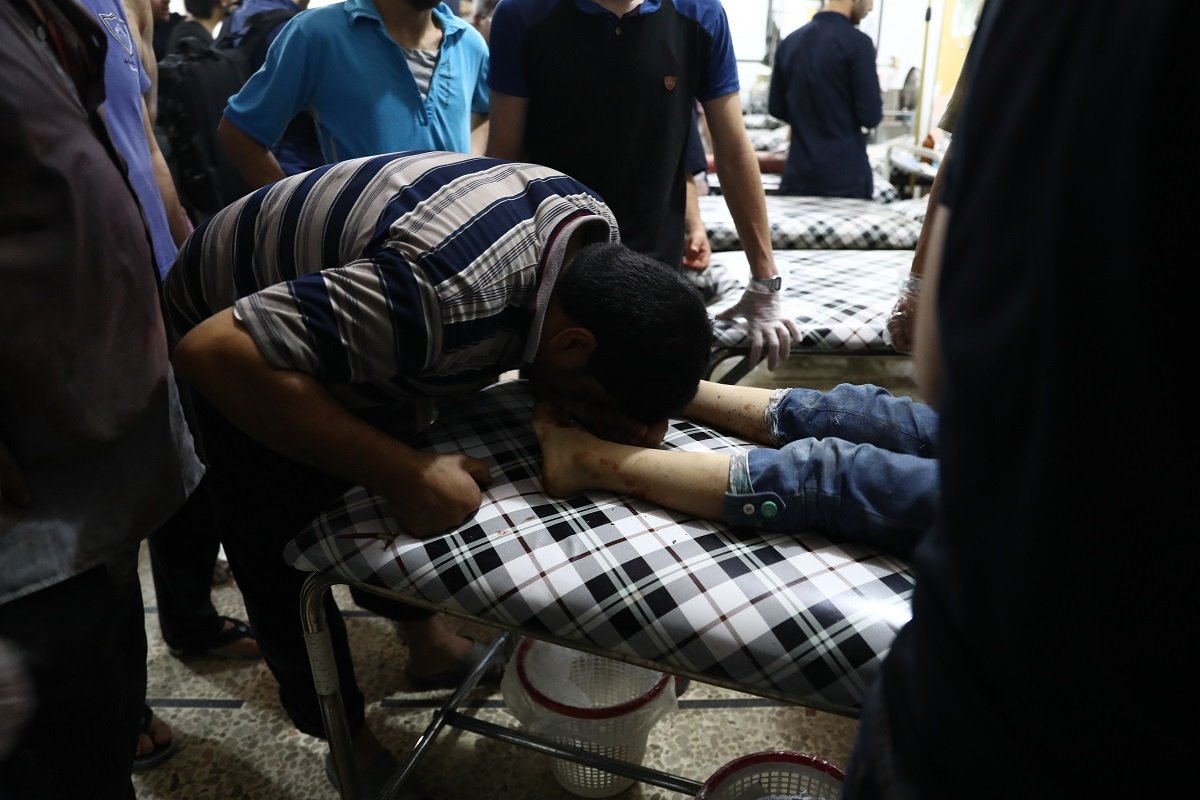Our descent was fast and sudden when it came to both war and football. The 2010-2011 season was called off in its entirety. Civil war leaves little untouched. You more or less have to take a side or you leave. Footballers did all those things, leaving diminished teams struggling with their third string players. Firas al-Khatib, one of the best players ever in Syria, declined to play for the national team again and left the country in 2012, first for Iraq, then China and now Kuwait. Players for al-Wathbah, the Homs club, were killed in a mortar attack outside their hotel in Damascus while getting ready for training.
When war blazed across the country in 2011, Syrian soccer was on the verge of its greatest triumph ever – a possible spot at the London Olympics.[i] At that level, it is youth teams that compete and Syria’s Under 23s looked promising. Among its best players was the goalkeeper, Abdelbasset Saroot, who played for the Homs team al-Karameh. In April 2011, he joined the demonstrations in Homs, prompting the government to accuse him of being a Salafi extremist and offering a two million Syrian pounds reward for his arrest. The National Sports Association issued a decree banning him from playing for life. In July 2011, a video appeared on Youtube of him standing before a Syrian national flag. “I am now wanted by the security agencies which are trying to arrest me. I declare with sound mind and of my own volition that we, the free people of Syria, will not back down until our own and only demand is met: the toppling of the regime. I hold the Syrian regime responsible for anything that happens to me.”
read more
 The Aleppo Project
The Aleppo Project